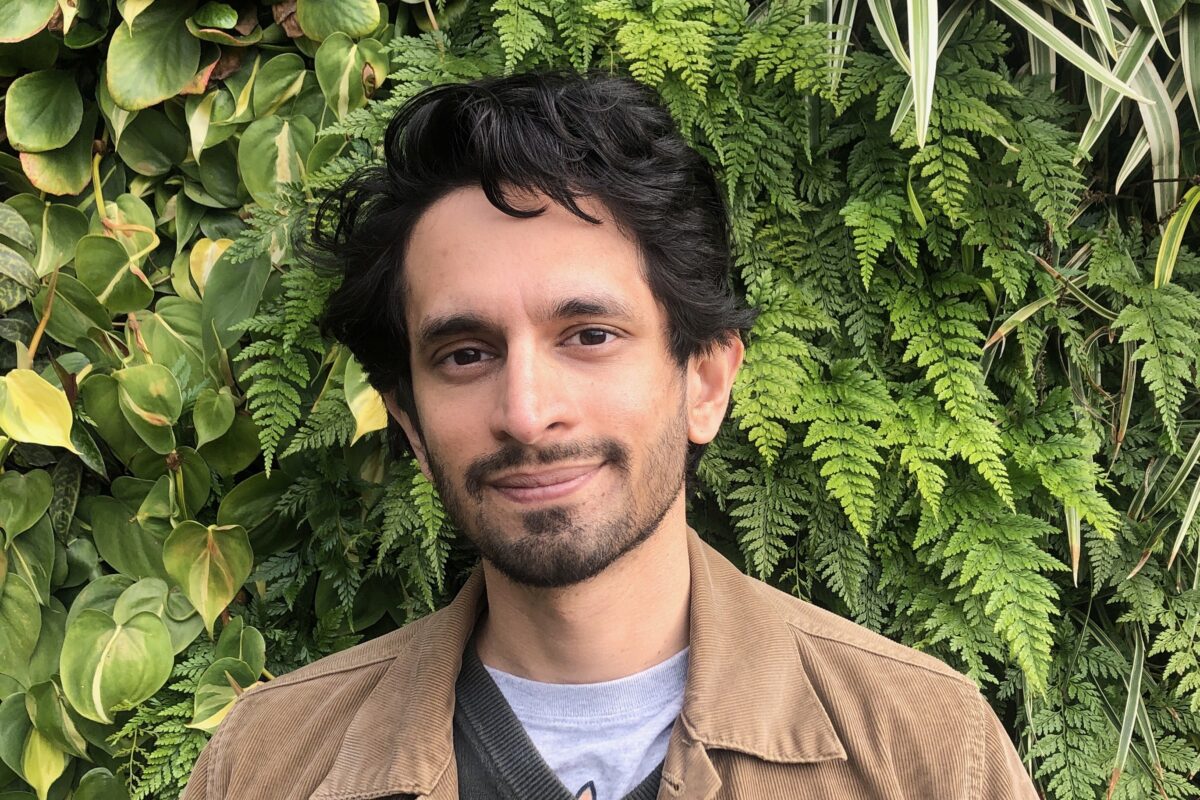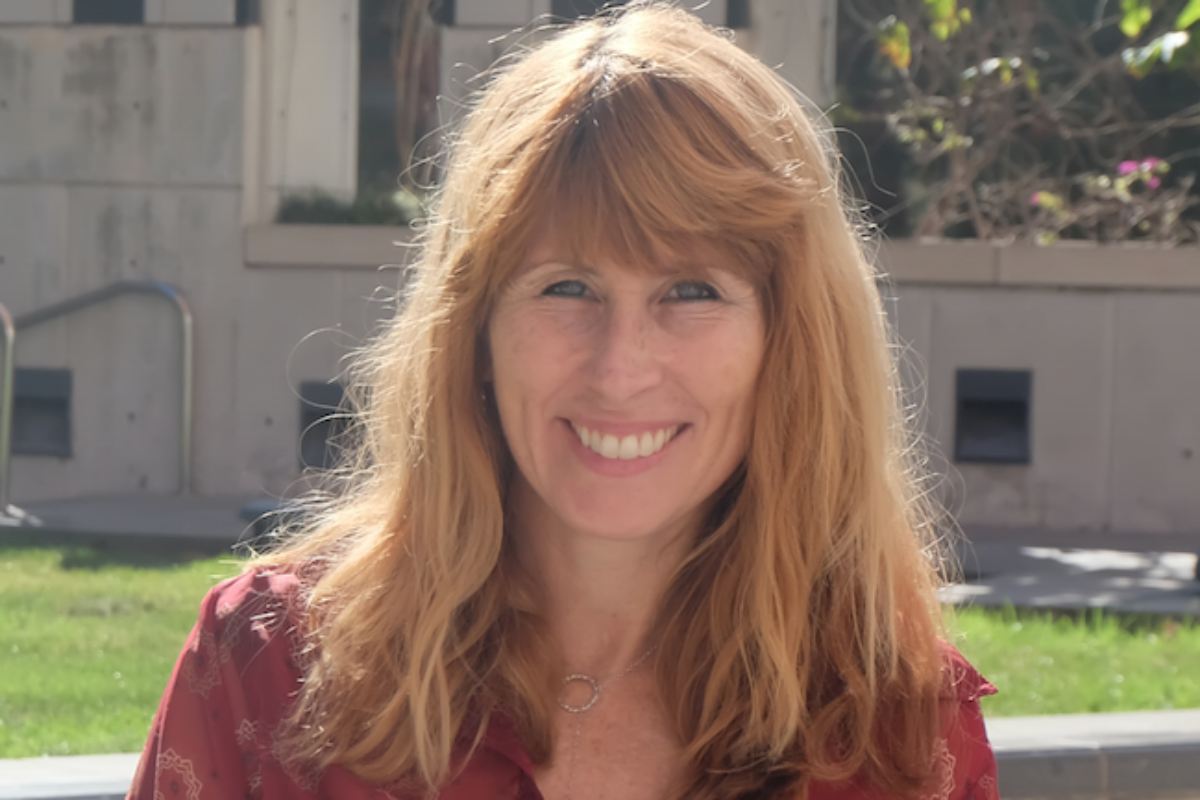Biography
NEURAL DYNAMICS: THE NEURAL BASIS OF LEARNING AND MEMORY AND TEMPORAL PROCESSING Behavior and cognition are not the product of isolated neurons, but rather emerge from the dynamics of interconnected neurons embedded in complex recurrent networks. Significant progress has been made towards understanding cellular and synaptic properties in isolation, as well as in establishing which areas of the brain are active during specific tasks. However, elucidating how the activity of hundreds of thousands of neurons within local cortical circuits underlie computations remains an elusive and fundamental goal in neuroscience. The primary goal of my laboratory is to understand how functional computations emerge from networks of neurons. One computation we are particularly interested in is how the brain tells time. Temporal processing refers to your ability to distinguish the interval and duration of sensory stimuli, and is a fundamental component of speech and music perception. To answer these questions the main approaches in my laboratory involve: (1) In Vitro Electrophysiology: Using acute and chronic brain slices we study the spatio-temporal dynamics of cortical circuits, as well as the learning rules that allow networks to develop, organize and perform computations ??? that is, to learn. (2) Computer Simulations: Computer models are used to simulate how networks perform computations, as well as test and generate predictions in parallel with our experimental research. (3) Human Psychophysics: We also use human pyschophysical experiments to characterize learning and generalization of temporal tasks, such as interval discrimination.
Publications
A selected list of publications:
van Wassenhove V, Buonomano DV, Shimojo S, Shams L. Distortions of subjective time perception within and across senses, PLoS ONE, 2008; 3(1): e1437.
Karmarkar, U. R. Buonomano, D. V. Different forms of homeostatic plasticity are engaged with distinct temporal profiles, Eur J Neurosci, 2006; 23(6): 1575-84.
Eagleman, D. M. Tse, P. U. Buonomano, D. Janssen, P. Nobre, A. C. Holcombe, A. O. Time and the brain: how subjective time relates to neural time, J Neurosci, 2005; 25(45): 10369-71.
Dong, H. W. Buonomano, D. V. A technique for repeated recordings in cortical organotypic slices, J Neurosci Methods, 2005; 146(1): 69-75.
Buonomano, D. V. A learning rule for the emergence of stable dynamics and timing in recurrent networks, J Neurophysiol, 2005; 94(4): 2275-83.
Marder, C. P. Buonomano, D. V. Timing and balance of inhibition enhance the effect of long-term potentiation on cell firing, J Neurosci, 2004; 24(40): 8873-84.
Mauk, M. D. Buonomano, D. V. The Neural Basis of Temporal Processing, Annual Rev. Neuroscience, 2004; 27: 304-340.
Karmarkar, U. R. Buonomano, D. V. Temporal specificity of perceptual learning in an auditory discrimination task, Learn Mem, 2003; 10(2): 141-7.
Buonomano, D. V. Timing of Neural Responses in Cortical Organotypic Slices, Proc. Natl. Acad. Sci. USA, 2003; 100: 4897-4902.
Marder, C. P. Buonomano, D. V. Differential effects of short- and long-term potentiation on cell firing in the CA1 region of the hippocampus, J Neurosci, 2003; 23(1): 112-21.
Karmarkar, U. R. Buonomano, D. V. A model of spike-timing dependent plasticity: one or two coincidence detectors?, J Neurophysiol, 2002; 88(1): 507-13.
Buonomano, D. V. Karmarkar, U. R. How do we tell time?, Neuroscientist, 2002; 8(1): 42-51.
Karmarkar, U. R. Najarian, M. T. Buonomano, D. V. Mechanisms and significance of spike-timing dependent plasticity, Biol Cybern, 2002; 87(5-6): 373-82.
Buonomano, D. V. Decoding temporal information: a model based on short-term synaptic plasticity, J Neurosci, 2000; 20: 1129-1141.
Buonomano, D. V. Distinct functional types of associative long-term potentiation in neocortical and hippocampal pyramidal neurons, J Neurosci, 1999; 19: 6748-6754.
Buonomano, D. V. Merzenich, M. A neural network model of temporal code generation and position-invariant pattern recognition, Neural Comput, 1999; 11(1): 103-16.
Buonomano, D. V. Merzenich, M. M. Cortical plasticity: from synapses to maps, Annual Rev. Neuroscience, 1998; 21: 149-186.
Buonomano, D. V. Merzenich, M. M. Temporal information transformed into a spatial code by a neural network with realistic properties, Science, 1995; 267: 1028-30.
Buonomano, D. V. Byrne, J. H. Long-term synaptic changes produced by a cellular analog of classical conditioning in Aplysia, Science, 1990; 249(4967): 420-3.





